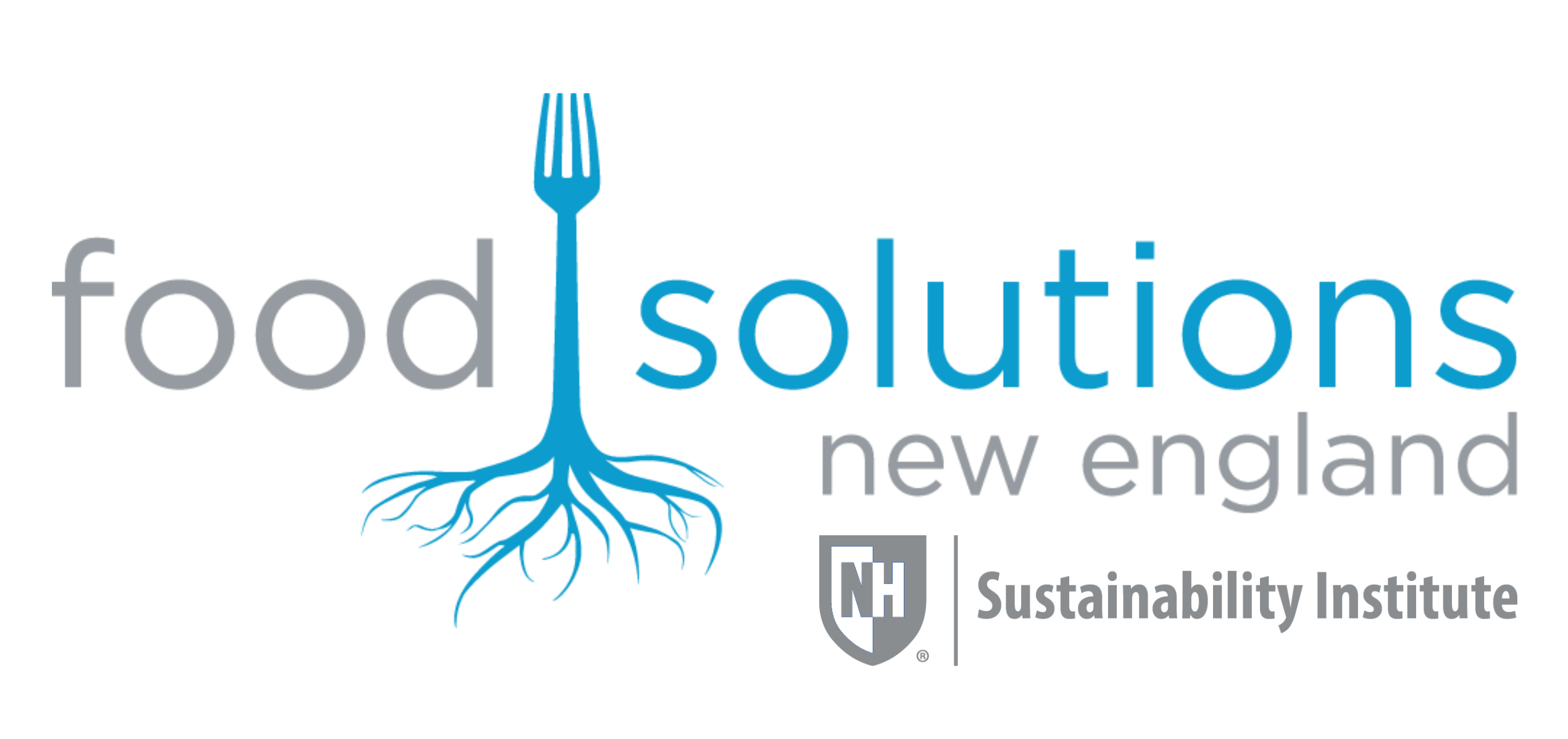Even in locally conscious Vermont, we are far too reliant on food grown and distributed outside of our region and decisions made outside of our control. This creates vulnerabilities for Vermont’s food system—how food is produced and distributed and all of the related components such as labor costs, farm viability, energy, financing, education, consumer demand, and food access. Vermont’s Farm to Plate Initiative has many Vermonters—in business, government, and nonprofits—working together to bring our food system back into balance.
To help reach the state’s Farm to Plate goals to increase the amount of local food consumed by ALL Vermonters and to make local food more available at ALL Vermont market outlets, Vermont-produced food needs to be available where the majority of Vermonters purchase their food—at grocery stores—from larger chains to small country stores.
Independently owned grocery and retail stores are a primary focus for making more local food available to Vermonters because they are most often locally owned and members of the community. Many are already selling local products, and a recent Farm to Plate project was able to learn more about how Vermont can increase the availability of local food at these stores.
The most immediate opportunity is for local grocery and retail stores to increase the amounts of Vermont produced dairy, coffee, bakery, beer, and wine sold in stores. Both consumer demand and competitive price points already exist, making this a simple way for Vermonters to have access to more local products.
As for other products like meat, produce, and prepared foods, the lack of consistent supply is the greatest barrier for larger stores to purchase more local food, while smaller stores reported they need more consumer demand for local products. Owners, managers, and buyers are very busy and strapped for time. Many do not have the human resources to procure local products directly from producers or to research local products with distributors. Many buyers do not have the capacity to work with multiple local vendors, and business management skills vary among independent store owners.
Technical assistance such as resources to help with procurement, marketing, and methods for store owners to share best practices are necessary for independent grocery and retail stores to be able to beef up selling and promoting local foods. Similarly, resources are also needed for farmers and producers to better understand wholesale markets and business planning.
Farm to Plate is building a network of grocers and retailers, the grocers association, distributors and food hubs, producers, and regulators to build the relationships necessary to increase the amount of local food available at retail markets. Learn more in the Independent Grocers Assessment Report conducted by the Supply and Demand Task Force of the Vermont Farm to Plate Network.
Rachel Carter is the Communications Director for Vermont Sustainable Jobs Fund, which coordinates Vermont Farm to Plate.




